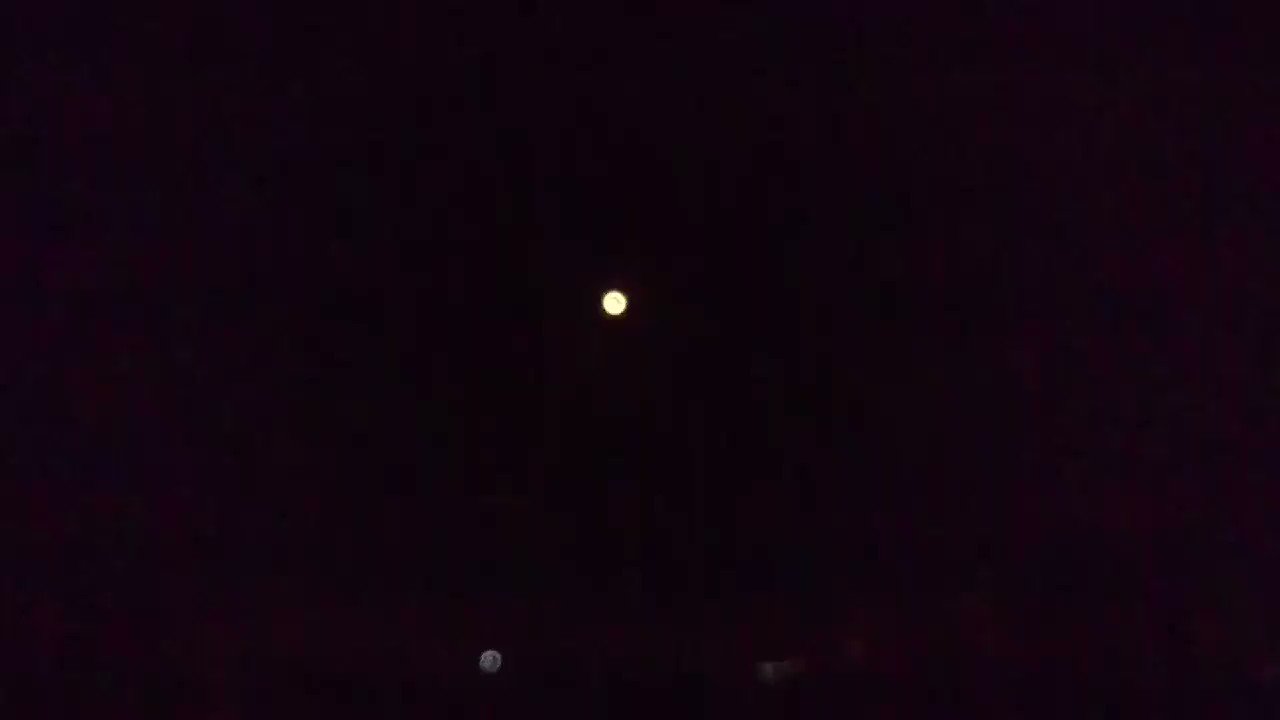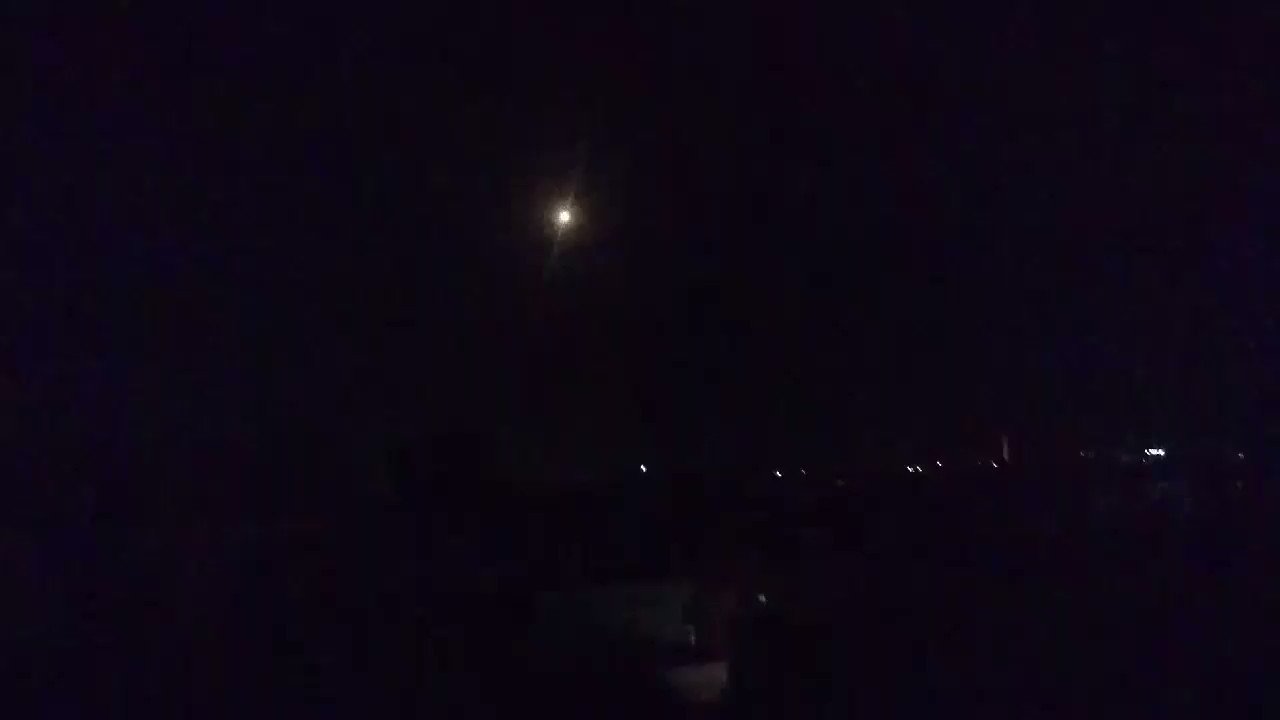
The guided missile cruiser USS Monterey fires a Tomahawk missile in the U.S. 5th Fleet area of operations, April 14, 2018. Navy photo by Lt. j.g Matthew Daniels
THE CHAIN OF EVENTS:
1. Early on April 14, the US, the UK and France delivered a massive missile strike on Syria using warships, fighter jets and strategic bombers. US Defense Secretary Jim Mattis described the strikes as “harder” than the 2017 strikes on Shayrat military airfield. However, he added that no further launches had been planned for the moment.
“I’d like to address how this evening’s strike were qualitatively and quantitatively different than 2017. Last year we conducted a unilateral strike on a single site. The focus was on the aircraft associated with the Syrian chemical weapons attack in April of 2017.This evening we conducted strikes with two allies on multiple sites that will result in a long-term degradation of Syria’s capability to research, develop and employ chemical and biological weapons. Important infrastructure was destroyed, which will result in a setback for the Syrian regime. They will lose years of research and development data, specialized equipment and expensive chemical weapons precursors.The strike was not only a strong message to the regime that their actions were inexcusable, but it also inflicted maximum damage, without unnecessary risk to innocent civilians,” Mattis said during a press briefing.
US President Donald Trump publicly explained his decision to strike Syria in an adress to the nation. He blamed Russia and Iran for providing support to the Assad government, which according to Trump, had been behind of the alleged chemical attack in the town of Douma on April 7. However, no proofs or results of the investigation confirming these allegations were provided by the President.
The US-led bloc also ignored that the OPCW investigators arrived in Syria on April 12 to probe the Douma incident but did not visit the area yet. No invesigation was conducted.
2. Following the strike, the Syrian General Command announced that the US, the UK and France had launched 110 missiles on Syria, but most of them were intercepted by the Syrian Air Defense Forces (SADF). The Syrian military noticed that its airfields had suffered almost no damage as a result of the attack.
Separately, an officer of the SADF told SouthFront that the SADF and the Syrian Arab Air Force had lost no assets as a result of the strike. He added that the US-led bloc attack was almost fully repelled. MORE DETAILS
A video from the Mezzeh Military Airport:
3. The Russian Defense Ministry said that it had detected 103 cruise and air-to-surface missiles, 73 of which had been intercepted by the SADF. The Russian military provided the following list of the targets with additional details on the strikes:
- Four missiles were launched at the area of the Damascus International Airport. All these missiles were intercepted.
- 12 missiles were launched at the Al-Dumayr Military Airport. All these missiles were intercepted.
- 18 missiles were launched at the Baly Military Airport. All these missiles were intercepted.
- 12 missiles were launched at the Shayarat Military Airport. All these missiles were intercepted.
- 9 missiles were launched at the Mezzeh Military Airport. Five of them were intercepted.
- 16 missiles were launched at the Homs Military Airport. 13 of them were intercepted.
- 30 missiles were launched at targets in the areas of Barzah and Jaramani. Seven missiles were intercepted.
According to the Russian Defense Minisry, the US and its allies fired cruise missiles, including seaborne Tomahawks and GBU-38 guided bombs from B-1B planes while F-15 and F-16 fighter jets launched air-to-surface missiles. The UK Air Force’s Tornado aircraft fired eight Scalp EG air-launched cruise missiles.
The Russian military added that Moscow will consider supplies of S-300 air defense systems to Syria and other countries in response to the US actions.
If the numbers provided by the Russias are precise, the April 14 attack was a decisive failure of US forces. MORE DETAILS
4. President Trump was less sceptical on results of the US-led missile strike on Syria. He believes it was “perfectly executed”.
5. The Pentagon held a press briefing to provide own version of the events. The Pentagon said that the US and its allies had launched 105 missiles at the alleged “chemical weapons” facilities of the Assad government.
The US-led bloc used the following means and launchers:
- The USS Monterey CG61 fired 30 Tomahawk cruise missiles from the Red Sea.
- The USS Laboon DDG58 launched 7 Tomahawk cruise missiles from the Red Sea.
- The USS Higgins DDG76 launched 23 Tomahawk cruise missiles from the Persian Gulf.
- The USS John Warner SSN785 launched 6 Tomahawk cruise missiles from the Mediterranean.
- The French frigate LANGUEDOC launched 3 Storm Shadow/SCALP EG (French naval variant is called “Missile de Croisière Naval”) cruise missiles from the Mediterranean.
- B-1B strategic bombers launched 19 AGM-158 JASSM [Joint Air-to-Surface Standoff Missile] air-launched cruise missiles.
- British Typhoon and Tornado fighter jets launched 8 Storm Shadow/SCALP EG air-launched cruise missiles.
- French Rafel and Mirage launched 9 Storm Shadow/SCALP EG air-launched cruise missiles.
The targets of the attack, according to the Pentagon:
- 76 missiles – “Barzah Research and Development Center”
- 22 missiles – “Him Shinshar Chemical Weapons Storage Site”
- 7 missiles – “Him Shinshar CW Bunker”
However, the US military once again refused to provide any evidence confirming its allegations over the April 7 Douma “chemical attack” or Assad’s “chemical weapons facilities”. The formal reason is that the evidence is related to “intelligence” issues.
The photos and videos below show the Barzah facility. According to the US, the place targeted by 76 missiles looks this way:
6. The US says that its forces had targeted Assad’s chemical weapons production and storage facilities. Syria and Russia deny that the Assad government had used chemical weapons in the so-called Douma incident and that the Syrian government is producing chemical weapons. The OPCW investigation has arrived in Syria and soon should start to probe the Douma incident.
7. Russia has called a meeting of the UN Security Council over the US-led strike on Syria. Russian Ambassador to the UN Vasily Nebenzia slammed the US and its allies over the strike by saying that the US and its allies had violated the norms and principles of international law. He also described the strikes on Syria as “an aggression against a sovereign state.”
A stance of the US and its allies is that they punished “dictator Assad” for the usage of chemical weapons in Douma. However, they cannot show a proof of the Syrian government’s responsibility because it’s secret.
8. Summing up the recent developments it should be noted that the Pentagon’s version of events reaises the main question: How 76 missiles delivered so little damage to “Barzah Research and Development Center” if all the missiles had reached their targets.
If the version provided by the Russians is true, the question is “How?”. SouthFront contacted some experts over the issue. According to them, the Russian military had possibly used its state-of-the-art electronic warfare (EW) systems to counter the launched missiles. They added that Russia and Iran may have provided the Syrian miltiary with vital intelligence to counter the attack.
If the data provided by the Russian Defense Ministry is confirmed, this will be the first time in the history when some side was able to repel a massive strike of the so-called modern high-precision weapons/missiles. So, in a case of a nuclear exchange between the US and Russia, the Russians will be able to intercept most of the US attacking means suffering a minor damage. Russia’s nuclear strike would be a crushing blow. MORE
According to another group of experts, the US-led massiave missile strike on Syria had an importnat background role. It was a kind of the US training ahead of a possible military action against Iran, actively promoted by the key American ally in the Middle East – Israel. This is why a part of the strike was delivered from the areas of the Red Sea and the Persian Gulf, which are relatively close to Iran.
In this case, if the Russian statement is confirmed, this will mean that the US and its allies are not capable to delvier a decisive missile strike to defeat Iran in low cost.
- A PR strike by the US-led bloc;
- A large strike by the US-led bloc without a Russian response;
- A large strike by the US with a Russian limited response and a further limited escalation;
- A full-scale military action by the US, a Russian response leading to a start of the regional or global war.
The April 14 situation is close to the Scenario 1. The scale of the US attack shows that Washington may have aimed at Scenario 2 or even Scenario 3. However, actions of the Syrian military assisted by Russia and Iran likely reduced signfiicantly the results of the US strike and it turned into a PR action.













 BREAKING:
BREAKING:
Comments
Post a Comment